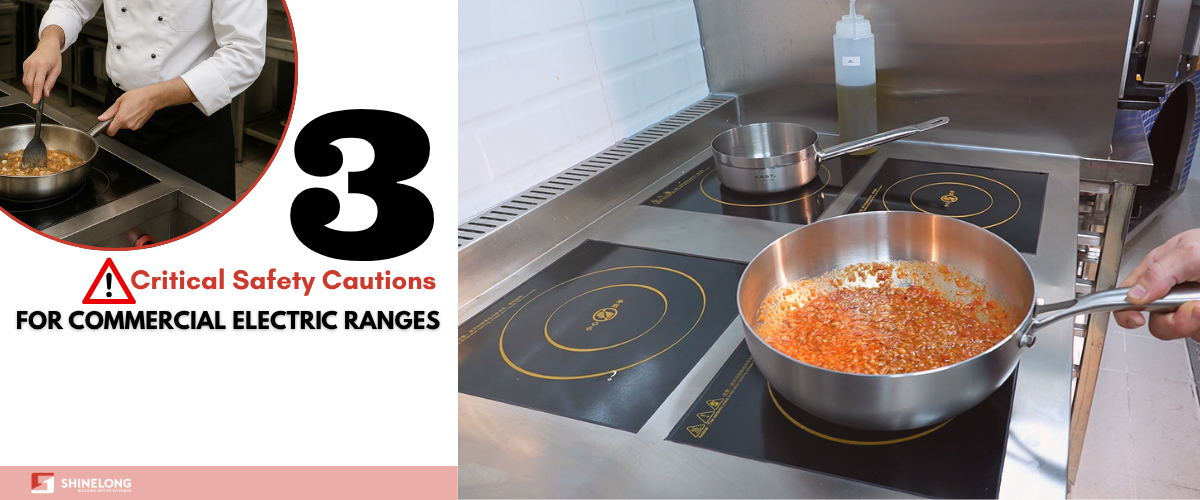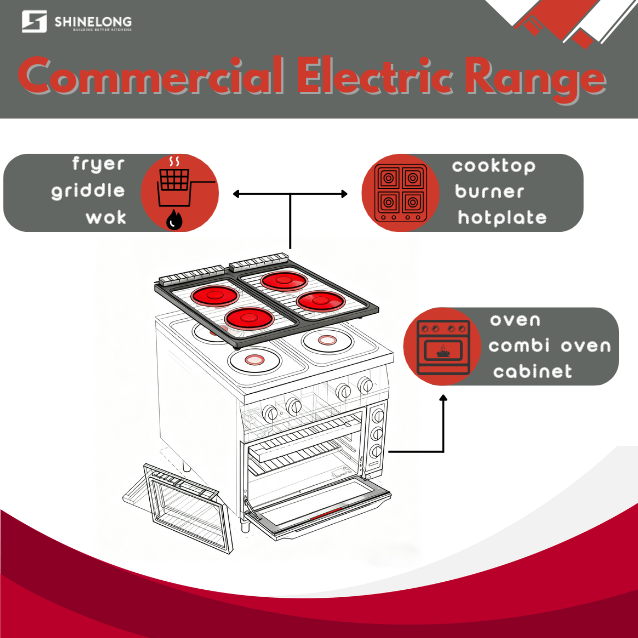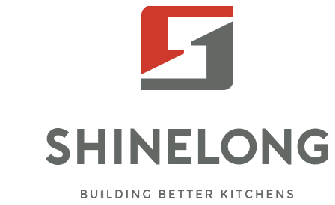News
Three Critical Safety Cautions for Commercial Electric Ranges

In the heart of every commercial kitchen, precision and performance meet under pressure. From breakfast rushes to banquet services, chefs rely heavily on one powerful piece of equipment, the commercial electric range. Unlike domestic stoves, these units are engineered for constant, intensive use. However, with that strength comes responsibility.
Misused or poorly maintained, an electric cooking equipment can become a silent hazard capable of electrical fires, burns, or operational failures. Understanding and following core safety principles ensures not only the longevity of your equipment but also the well-being of your kitchen staff.
Understanding the Commercial Electric Range
A commercial electric range integrates several essential functions into one station, such as boiling, frying, baking, and simmering, powered entirely by electricity. Its smooth, steady heat output is perfect for institutional or restaurant kitchens.
Key Components: Cooktops, Burners, and Ovens
- Electric Cooktops: Flat surfaces that provide even heat distribution, ideal for sautéing or searing.
- Burner Electric Stove: High-intensity burners that allow rapid heating and constant temperature control.
- Electric Oven: The enclosed section is designed for baking, roasting, or reheating with consistent thermal precision.
Each of these components plays a vital role, and understanding their electrical and thermal behavior helps reduce operational risk.

Safety Caution #1: Electrical Overload and Power Safety
Electric ranges draw significant current, often more than any other kitchen appliance. Overloading circuits or skipping grounding procedures can cause serious electrical hazards.
- Always use dedicated circuits: Never connect multiple high-powered devices on the same line.
- Ensure proper grounding: A loose or damaged grounding wire can lead to dangerous voltage leaks.
- Monitor cable conditions: Frayed or melted insulation is a warning sign that must not be ignored.
- Install surge protectors: They shield sensitive internal components from voltage fluctuations.
Regular Inspections and Circuit Checks
Schedule monthly inspections with a licensed technician. Verify that breakers are rated correctly and that no water or grease has entered electrical sockets. Staff should be trained to recognize early signs of overheating, like tripped breakers or burnt smells.
Safety Caution #2: Heat Management and Burn Prevention
While electric cooktops are more stable than gas, their heat retention can be deceptively high. Accidental contact or poor ventilation increases the risk of burns and fire.
- Maintain clear workspace around active ranges.
- Avoid placing flammable items (towels, oil bottles) near heat sources.
- Use heat-resistant gloves and long-handle utensils.
- Keep a Class C fire extinguisher nearby, rated for electrical fires.
Protective Gear and Distance Awareness
In busy kitchens, spacing and awareness are crucial. Staff should never lean over active burners. Supervisors can mark “safe zones” around electric ranges to prevent crowding. Anti-slip mats near the station reduce accidental contact and improve stability.
Safety Caution #3: Cleaning and Maintenance Hazards
Improper cleaning is one of the leading causes of electrical damage. Many incidents occur when staff clean electric ovens or burner stoves while they’re still hot or plugged in.
Proper Shutdown and Cleaning Sequence
- Switch off the range and disconnect the power supply.
- Wait at least 20 minutes for surfaces to cool.
- Use non-corrosive cleaning agents and soft cloths.
- Never spray water directly onto controls or heating elements.
- Inspect wiring and plugs for moisture before reconnecting.
Regular cleaning prevents grease accumulation, which can act as an insulator and reduce energy efficiency.
Best Practices for Long-Term Equipment Safety
- Train new staff on equipment-specific safety protocols.
- Keep an equipment logbook for maintenance and inspection dates.
- Ensure ventilation systems are functional to prevent overheating.
- Partner with certified electricians for annual system audits.
- Replace worn parts immediately with manufacturer-approved components.
Long-term attention to these practices will not only keep your commercial electric range running efficiently but also extend its lifespan significantly.
Recommended Models for Commercial Kitchens
- 900 Series Electric 4-Hot Plate Cooker With Oven – high power, luxury electric model ideal for restaurants.
- 750 Luxe Series Electric Hot Plate Cooker with Oven – Excellent for heavy-duty daily use with fast recovery and precision control.
FAQs
Q1: What is the difference between a commercial electric range and a domestic one?
A commercial unit is built for continuous, heavy-duty operation, using higher wattage and industrial-grade insulation.
Q2: Can I plug my electric range into a standard outlet?
No. Most models require dedicated high-voltage connections. Always consult a licensed electrician.
Q3: How often should I inspect my electric cooktops and burners?
Monthly inspections are recommended, with professional servicing every six months.
Q4: What’s the safest way to clean an electric oven?
Always disconnect power, allow the oven to cool, and use non-abrasive cleaners.
Q5: What should I do if I notice sparks or unusual smells?
Turn off the power immediately and call a professional technician. Do not attempt repairs yourself.
 After-Sales:
After-Sales:
 EN
EN
 AR
AR
 HR
HR
 NL
NL
 FI
FI
 FR
FR
 DE
DE
 EL
EL
 HI
HI
 IT
IT
 PT
PT
 RO
RO
 RU
RU
 ES
ES
 TL
TL
 ID
ID
 SL
SL
 VI
VI
 ET
ET
 MT
MT
 TH
TH
 FA
FA
 AF
AF
 MS
MS
 IS
IS
 MK
MK
 HY
HY
 AZ
AZ
 KA
KA
 UR
UR
 BN
BN
 BS
BS
 KM
KM
 LO
LO
 LA
LA
 MN
MN
 NE
NE
 MY
MY
 UZ
UZ
 KU
KU









